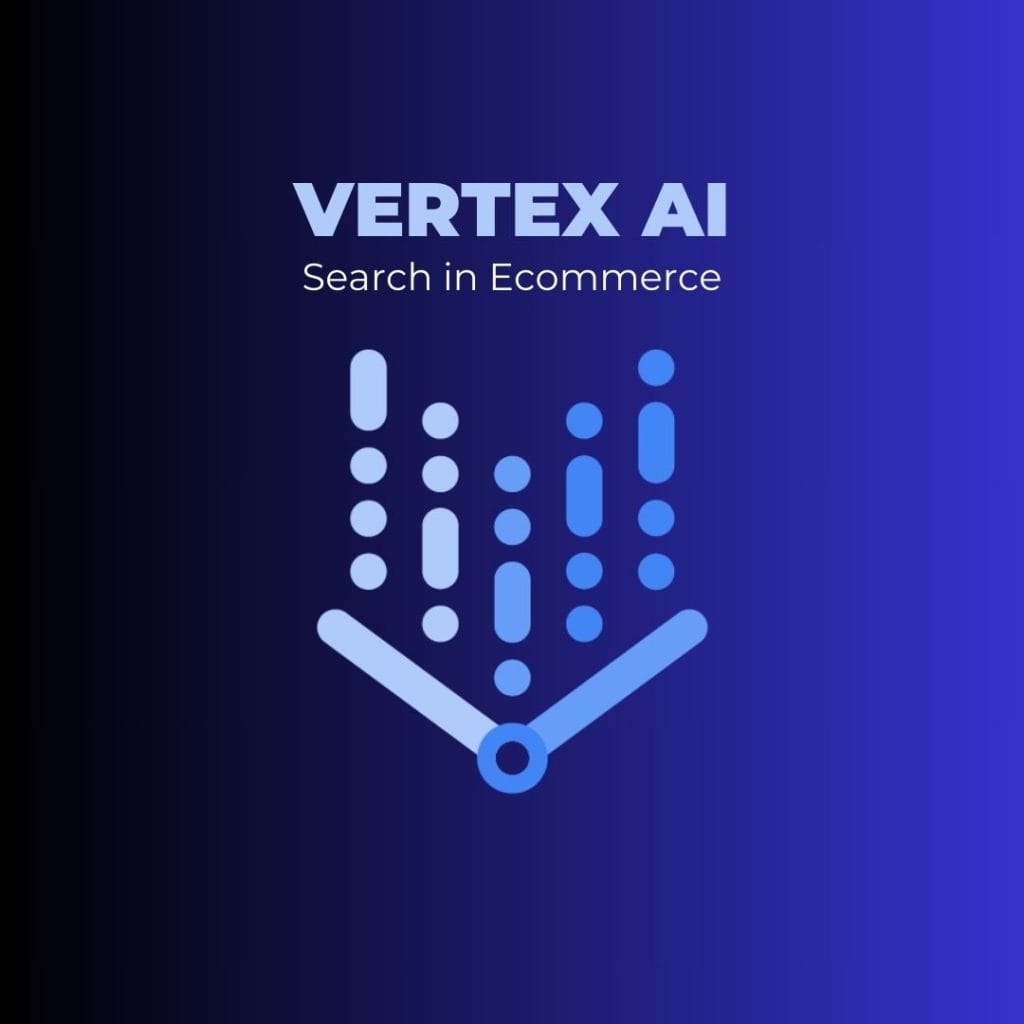
Five Requirements of the leading analysts to win future’s digital marketplace
The global coronavirus pandemic has accelerated the growth of e-commerce industry at hyperspeed. As per the Mckinsey data, the e-commerce impact grew the project value of 10 years during the first quarter of 2020. While in 2019, there were only two $2 billion days (excluding holidays), in 2020 there were more than 130.
More than one-third of the online retailers now sell the majority of their products or services online. As per a prediction of Forrester the digital B2B sales will reach the valuation of $1.8 trillion and will account for one-sixth of the all US online sales by 2023. Online selling has become an inevitable part of the business industry and choosing the right e-commerce platform is highly imperative for a successful online business.
Digital commerce infrastructure investments are on part with those in enterprise resource planning and other essential back-office technology. Nobody knows the future has in store, but the change is defnite. As a business owner, it is our responsibility to adapt to change as quicklly as possible. The customers’ need are evolving and only agile and future-proofed e-commece platform would be able to meeting the evolving requirements.
In this article, we will go through the top five requirements that major analysts find must-have e-commerce needs.
1. Single platform for both wholesale & retail selling:
Since people are going online to buy things, the brick-and-mortar stores are shrinking. Businesses are in extreme pressure to grow and the best way to do so is selling to new markets. For e.g. manufacturers selling CPG (Consumer Packaged Goods) and electronic products are now doing D2C (Direct To Consumer) business. Business who were origin as only D2C are not evolving and have started selling to wholesalers and distributors as well. And the large companies are adding new products and brands.
However, it is not easy to expand to new markets. You will find many platforms boasting that they are very strong in either B2B or B2C commerce, but only a few are extremely. This can make it time-consuming as well as expensive for businesses to enter new markets. If you have priority of both growth and rapid time, then you will look for both B2B & B2C capabilities on a single commerce platform.
Adobe Commerce platform, powered by Magento has been identified as a leader in B2C commerce suites and B2B Commerce suites. This platform combines both B2B and B2C-oriented commerce features. Both these reports say that Adobe is the best platform for brand-focused companies with rapidly evolving business models.
Adobe Commerce is not only endorsed by consumer-focused businesses such as health, beauty, food or beverage but its B2B functionality is also top-level. As per the “The Paradigm B2B Combine (2020 Midmarket Edition) “Adobe Commerce is highly suited for mid-sized B2B companies having a 3-5 year vision and 18-month B2B roadmap, impressive data-driven reporting and analytics capability with a broad ecosystem.
2. Easy Integration and Flexible Development:
An E-commerce platform is a major part of your business ecosystem which also includes your point of sale (POS), product information management (PIM), along enterprise resource planning (ERP). The platform must be able to communicate and sync with all these systems. This will result in a properly synchronized inventory with correct SKUs. Thus, there will be reduced chances of backorders and customers will also get the real-time status of their order & delivery.
Since many companies rely on commerce capabilities from multiple vendors, the platform should have an open API by which it can work smoothly with other 3rd party extensions. It should be built upon a widely-used programming language otherwise it will become difficult for you to find an experienced team of the platform at reasonable rates.
Adobe Commerce is high in flexibility and you can easily integrate with other 3rd party solutions or extensions. It’s also built on an open architecture, with an open API & code structure that eases the development and customization. In fact, Adobe Commerce has been integrated on hundreds of popular platforms and other commerce solutions.
Analysts find that Adobe Commerce has a well-structured design to support connectivity and high flexibility. It has a rich feature set that supports custom development. In a Business Value paper by Adobe, Adobe Commerce users reported that they can deliver new customer-friendly features in very little time.
3. Flexible omnichannel fulfilment:
The pandemic has lead businesses to innovate at a bullet speed. Much of this innovation has been focused on new omnichannel fulfilment capabilities including:
- Buy online, pick up in-store (BOPIS): It will let customers avoid any shipping costs and health risks by dropping the item to pick up items.
- Buy online, pick up at curb (BOPAC): It is also known as curbside pickup, a popular variation of BOPIS which allow customers to pick up the product at a curb. This is great for those customers who are cautious about entering a physical store.
- Buy online, pick up in locker (BOPIL): This method eliminates any roadblock and human contact that can occur in a pick-up process. The customers can bypass store employees altogether and pick up items in an electronic parcel locker.
- Buy online, return in-store (BORIS): It eliminates any problem of repacking items and the issue of going to a post office, UPS, or FedEx.
- Easy and Flexible shipped returns: Easy returns in your online store increases customer loyalty. A whopping 96% of customers say that if the returns experience is good then they are always ready to buy from that e-commerce store.
4. Mobile-first design and PWAs:
Although smartphones account for nearly two-thirds of browsing to e-commerce sites, mobile commerce just represents 40% of online sales. This emphasizes that there is still a void in mobile commerce that companies need to fill.
Mobile-first design is the first priority for generating more digital sales. Also, the mobile experience is highly critical for attracting new customers as not every potential customer is having a desktop/laptop but will surely have a smartphone. Also, Google considers the mobile page-load speed into search rankings.
You can improve the mobile experience in many different ways such as by mobile-first design, native web applications, and PWAs. PWAs is the best approach to delivering a mobile experience that seems just like a native mobile app. The PWAs can be accessed on any device unlike a mobile app that a particular platform can support. PWAs also let you deploy smartphone features like cameras and push notifications. The users can also access some content offline by a PWA.
Progressive Web App is something between a responsive website and a mobile app. These are the mobile sites that are developed by using modern JavaScript frameworks so that they can work like native app. The mobile users can add them on the mobile screen with an icon. Like the native mobile apps, PWAs offer a full-screen experience for engaging users.
5. High Personalization:
Providing a highly personalized user experience to customers is imperative for your online business. Amazon is highly reputed for delivering a personalized experience. Thus, customers expect a similar experience while shopping from other e-commerce platforms as well. Also, several pieces of research show that buyers who engaged with a recommended product had 70% higher conversion rates during that session.
The buyers want content that should be tailored for their needs and interests. Nearly two-thirds of the consumers say that they want brands to automatically adjust their content for a real-time personalized experience. The businesses have also observed growth after providing personalized content to the customers.
Thus, your e-commerce platform should support multiple personalization forms. It must be able to deliver intelligent product recommendations and integrate with 3rd party personalization technologies. Adobe Commerce use Product Recommendations powered by Adobe Sensei, Page Builder, customer segmentation and many other tools to deliver a highly personalized experience.
How Adobe Commerce makes you ready for the future?
Apart from delivering high-ending e-commerce features today, Adobe Commerce is also reliable for the future, as it is integrated tightly with Adobe’s enterprise-class marketing and analytic technologies.
The huge portfolio of Adobe commerce partners also means businesses who choose Adobe Commerce will have multiple options for implementation or customization. If you are looking for value for money while investing a significant amount in e-commerce, then we will suggest keeping the above-mentioned five requirements in mind, and first, go through Adobe Commerce while wandering through e-commerce platforms.
Adobe Experience Cloud:

Adobe Experience Cloud is a highly comprehensive suite of customer experience management tools on the market. It has personalization, data, content delivery, commerce, and many other solutions. It has been developed with the main focus of creating engaging customer experiences. Every product has in-built AI and works seamlessly with other products.
Adobe Commerce:

Adobe Commerce is a leader in the world’s e-commerce industry. It is a number 1 solution that can build amazing shopping experiences for every customer type – from B2B to B2C to B2B2C. It has been built for enterprise on a scalable, open-source platform. Whatever is the size of your business, you can use Adobe Commerce to reach customers wherever they are.
Wrapping Up:
In this article, we have discussed the five major requirements that you must look after while deciding on an e-commerce platform for your business and how Adobe Commerce meet these requirements. Adobe Commerce is a highly reputed platform in the e-commerce industry with an unparalleled experience. At Ceymox Technologies, we are having expertise in developing Adobe Commerce stores from scratch. Our Magento certified developers can implement any custom feature or functionality. Let us know your requirements.
 Hubspot SEO Certified |  Hubspot SEO II Certified |  Google Ads Search Certified |  Google Analytics Certified |
Sreehari N Kartha is a skilled Digital Marketing Analyst at Ceymox, certified in SEO. His expertise encompasses a wide range of digital marketing strategies, including managing advertising campaigns on platforms like Google Ads, Facebook Ads, Instagram Ads, WhatsApp Ads, and LinkedIn Ads. With a strong foundation in SEO and SMM, Sreehari is adept at optimizing online visibility, driving engagement, and generating qualified leads and conversions. His passion for emerging technologies, such as Crypto, NFTs, and Web3, further complements his skillset, enabling him to navigate the dynamic digital landscape.
View All Articles








